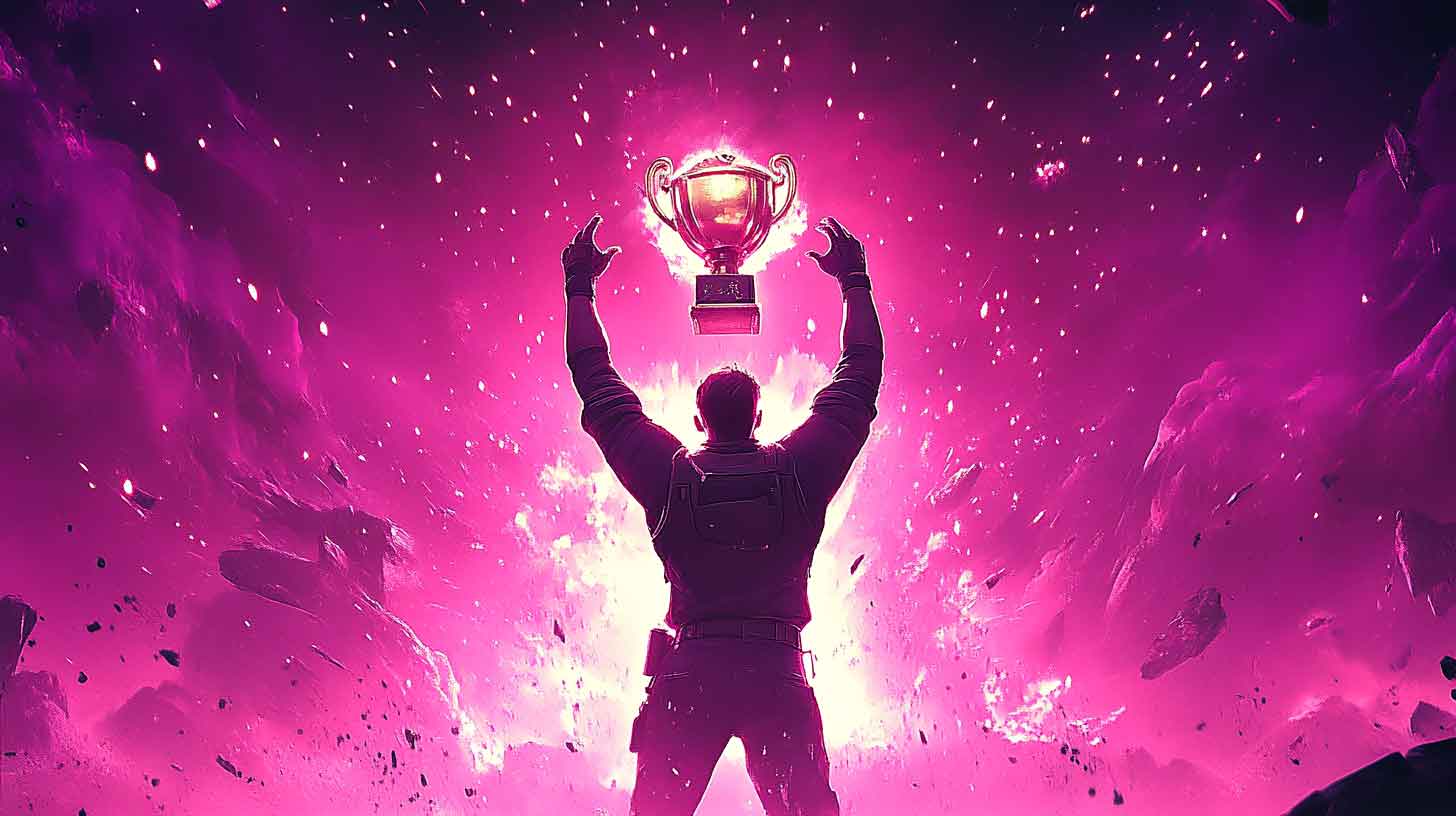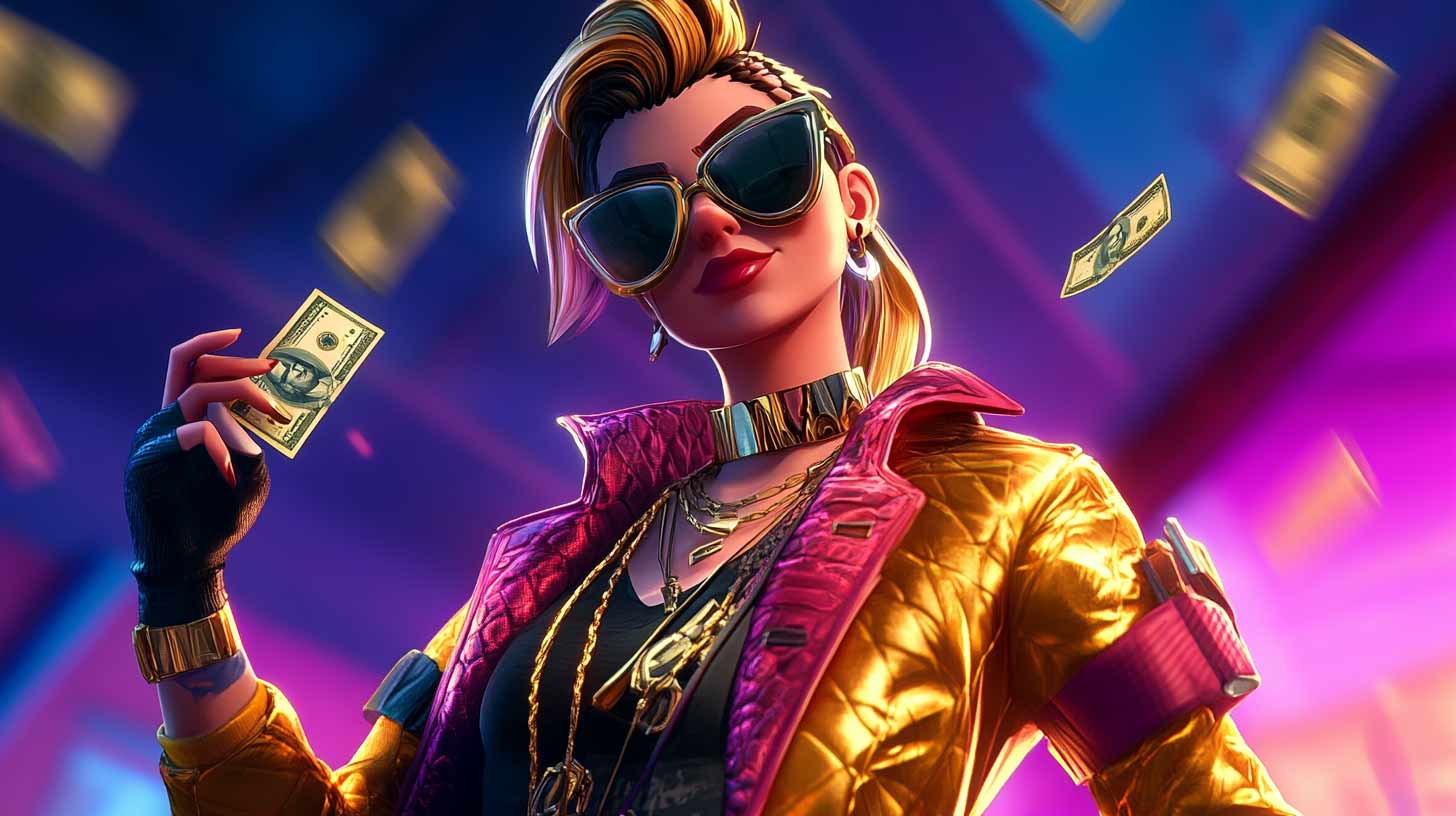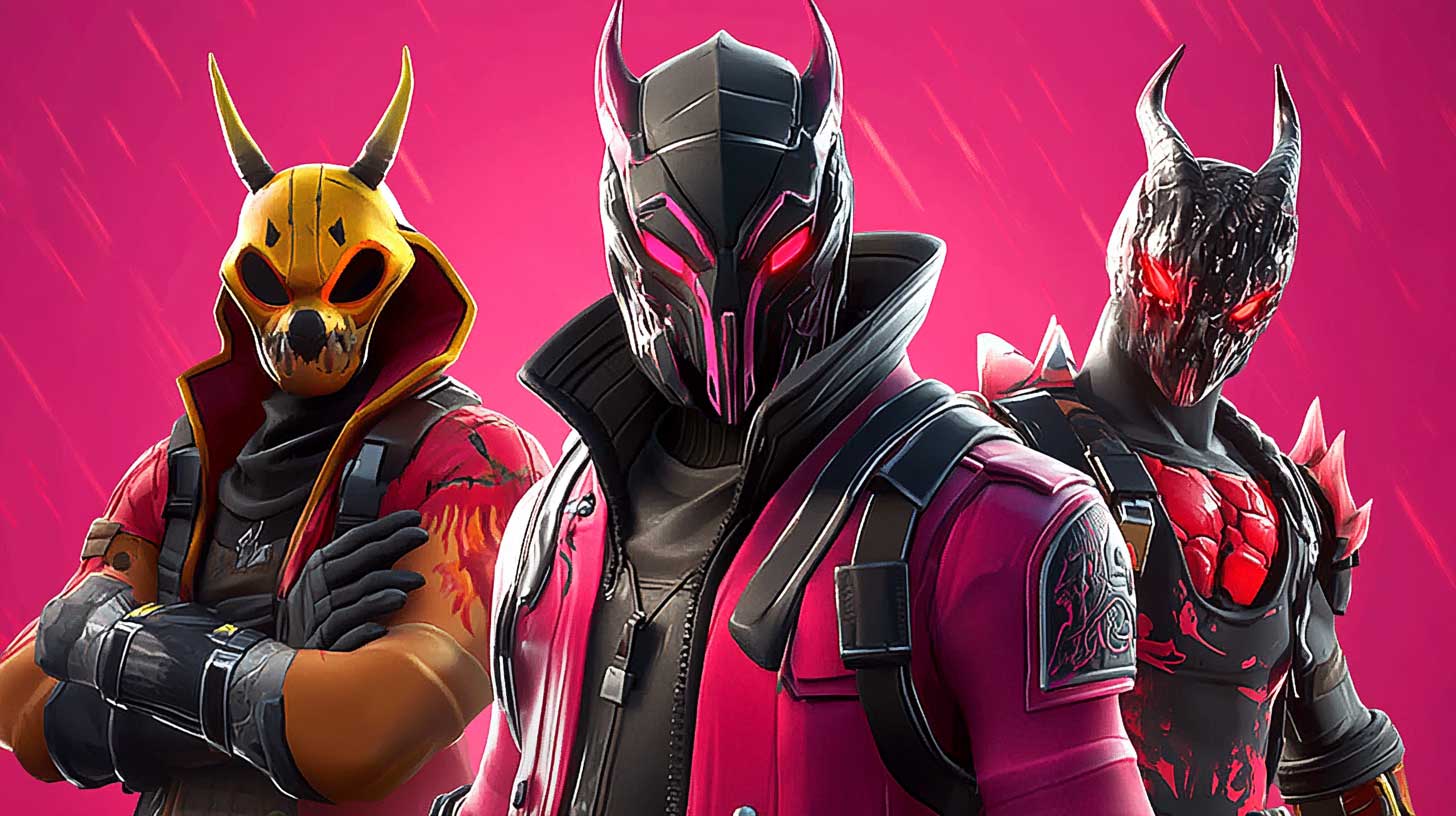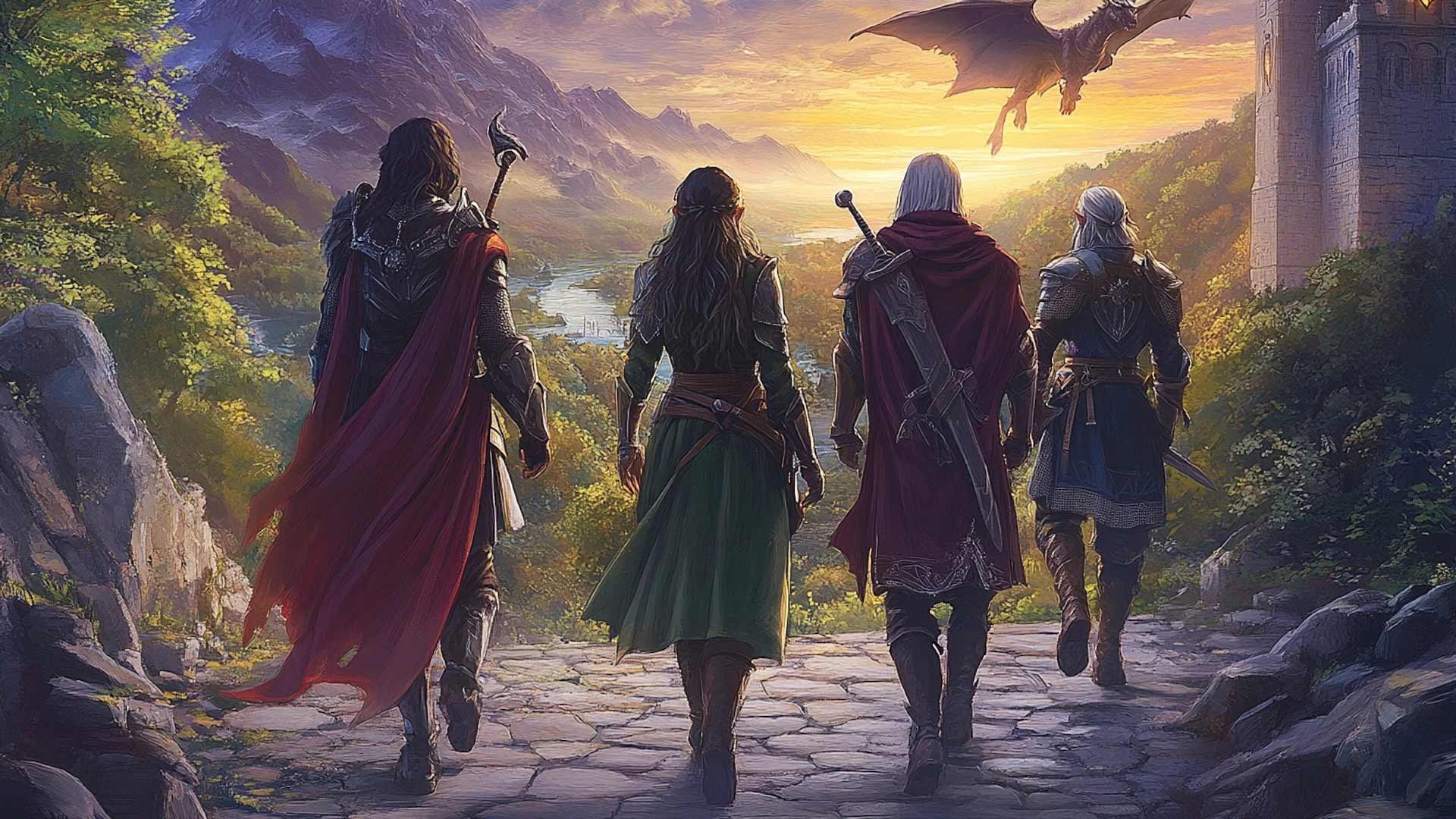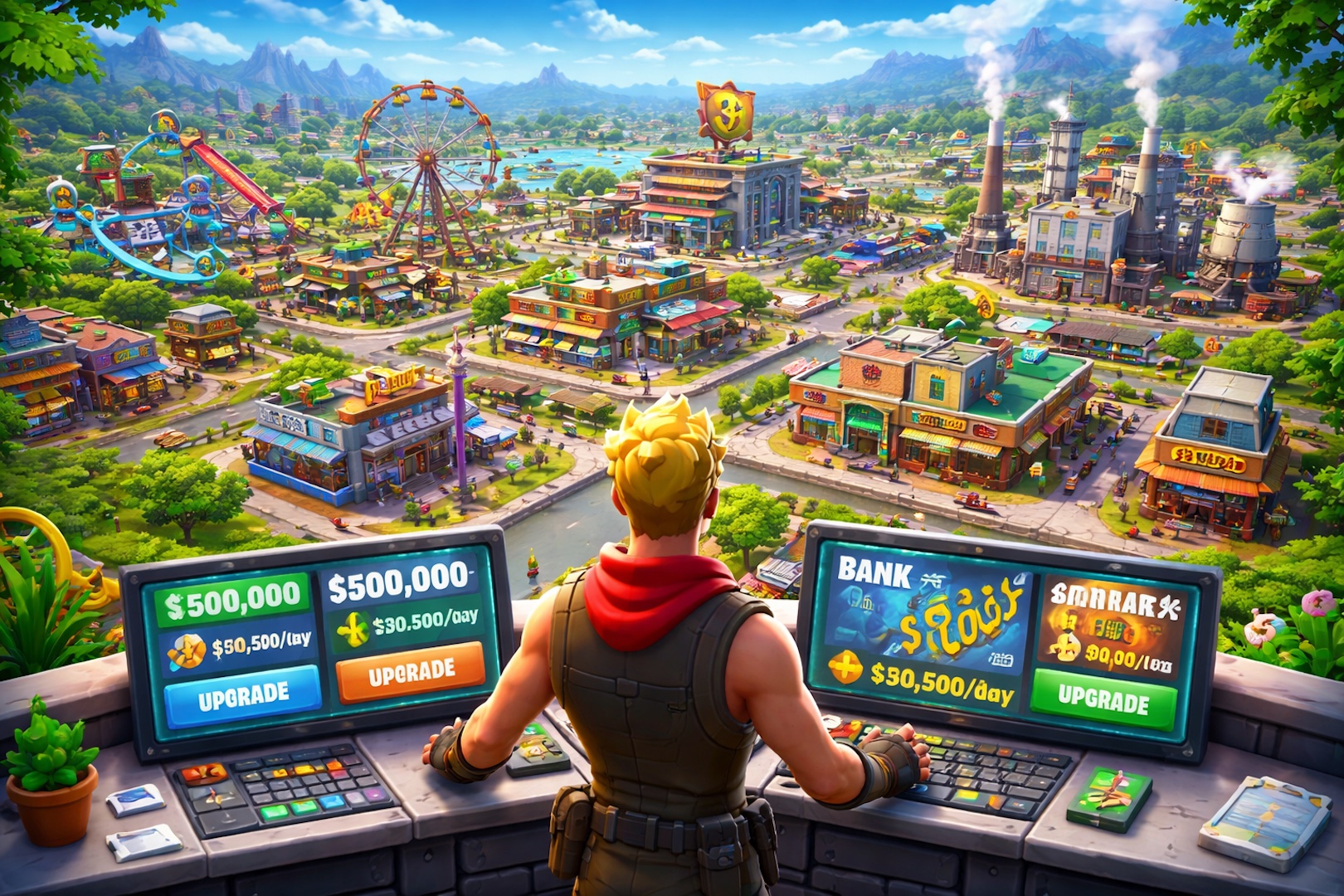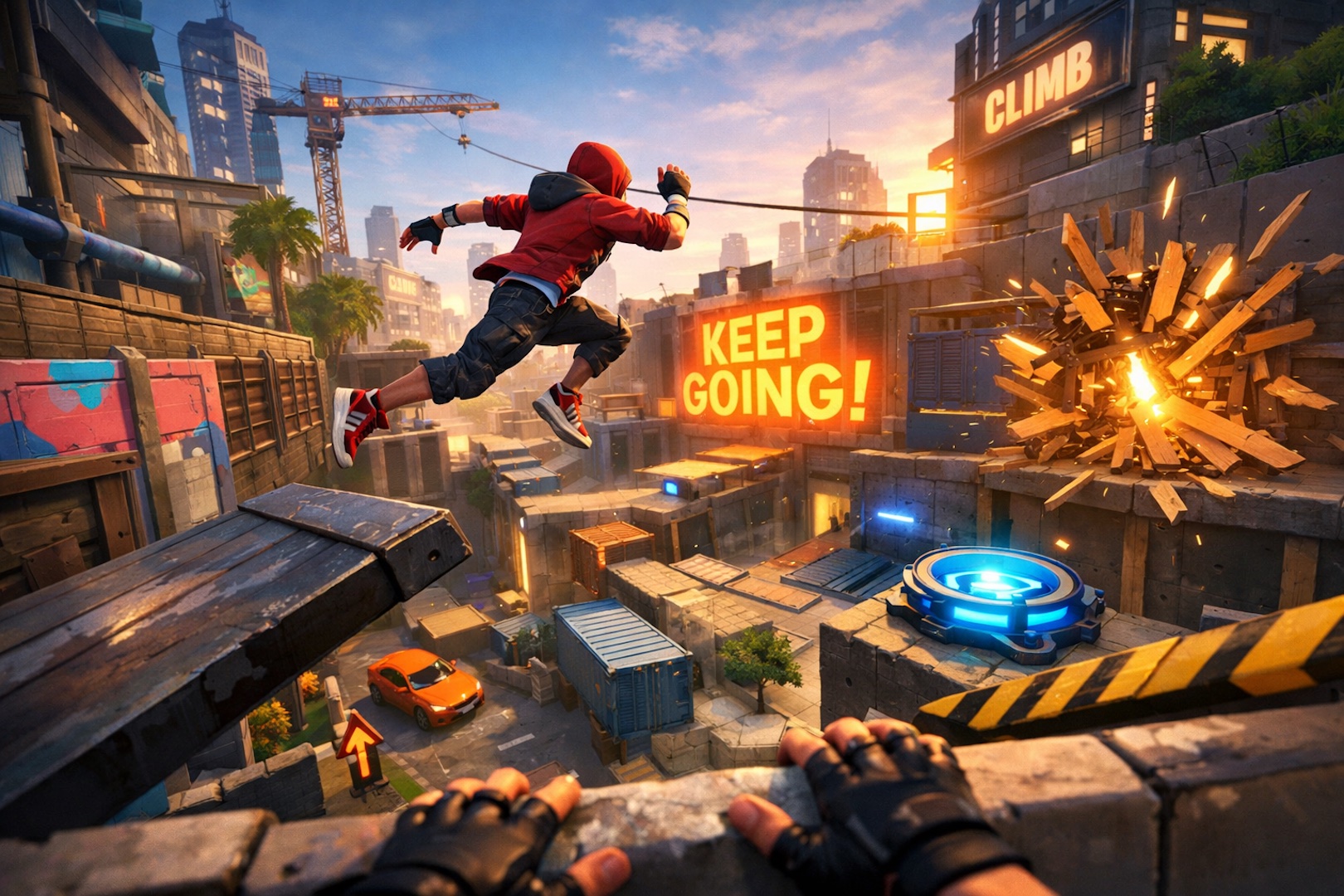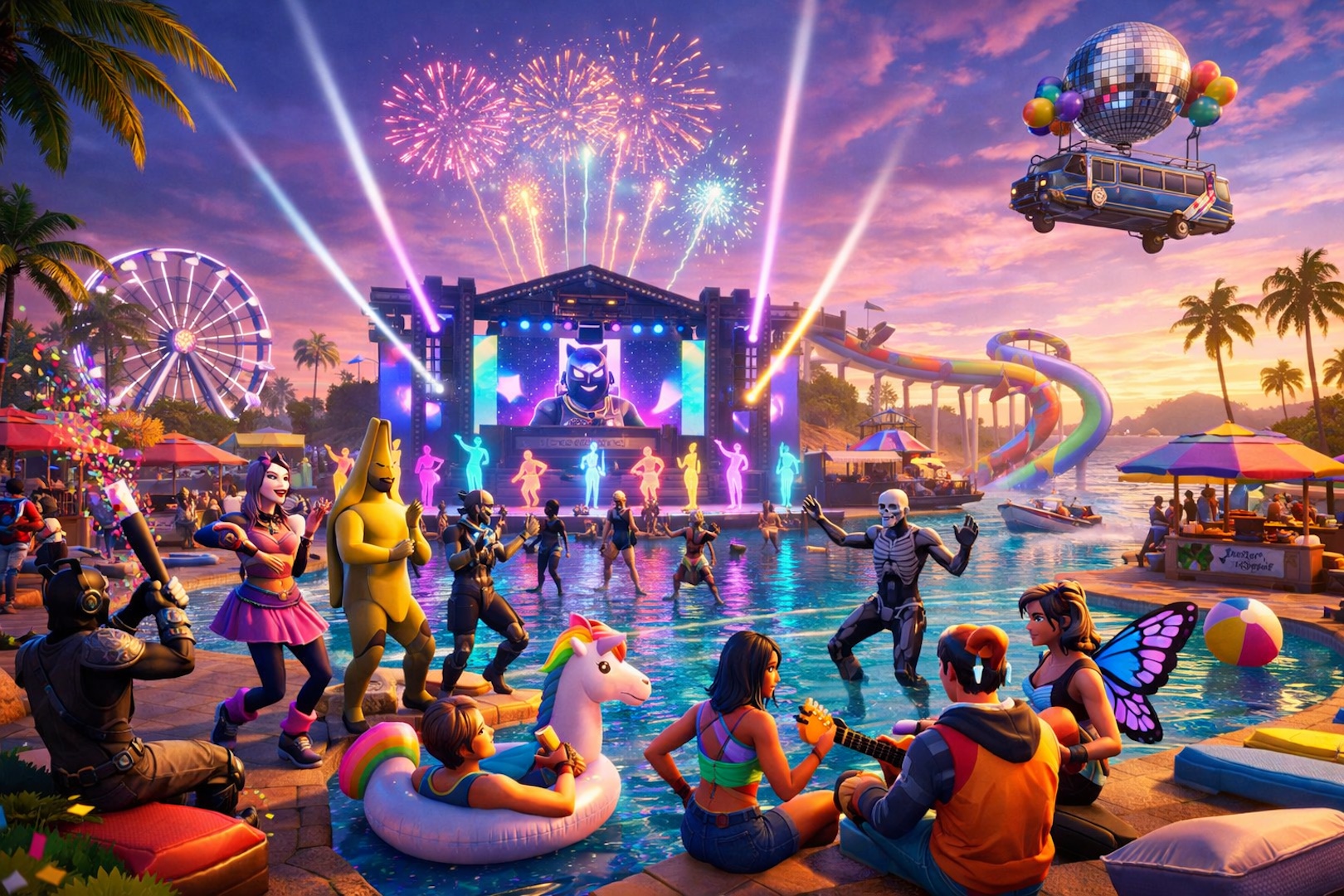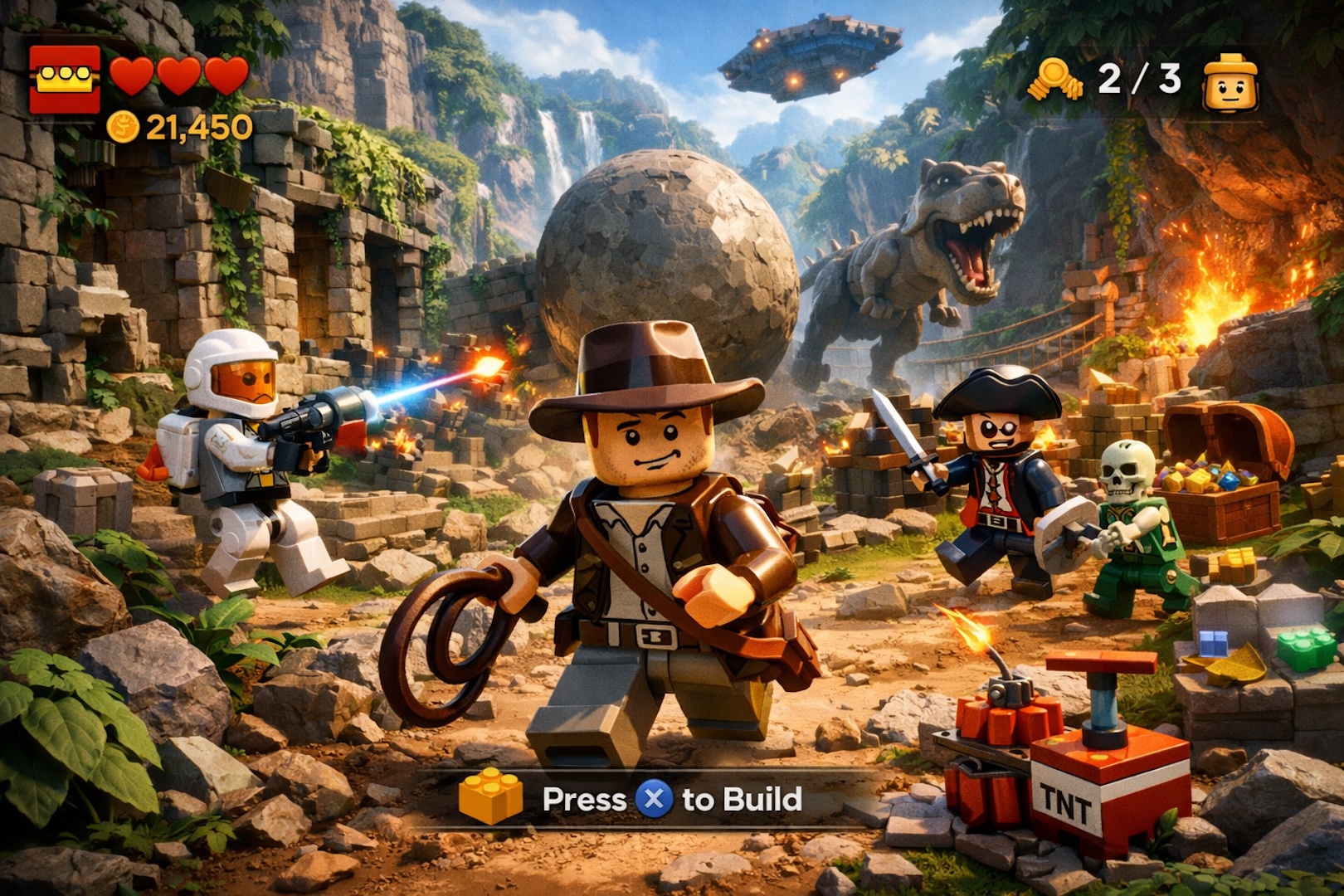Game development is a fertile ground for innovation and creativity, where the unique blend of storytelling, artistic expression, and technological prowess comes to life. Protecting these creations is crucial for developers aiming to carve out a niche in the competitive gaming industry. Intellectual property (IP) laws, specifically copyrights and trademarks, play a vital role in safeguarding the fruits of their creativity and hard work. This quick guide incorporates expert insights to shed light on the differences between copyrights and trademarks and how they can apply to applications in game development.
Disclosure:
This article aims to educate on copyrights and trademarks within game development and is not intended as legal advice. Intellectual property laws are complex and vary by jurisdiction. Always consult with a state-registered lawyer to obtain advice tailored to your particular circumstances.
Distinguishing Copyrights and Trademarks
This fundamental difference underscores that copyrights protect the expression of ideas, while trademarks safeguard brand identities that distinguish goods or services in the marketplace
Copyrights and trademarks serve as guardians of intellectual creativity, yet they differ significantly in their nature and scope. Copyrights are designed to protect original works of authorship, including literary, dramatic, musical, and a wide array of other intellectual works. This form of protection covers the expression of ideas, not the ideas themselves, ensuring that creators can profit from and control the use of their creations.
Trademarks, contrastingly, safeguard words, names, symbols, or devices that identify and distinguish goods or services and signify their source.
In the context of game development, this means that while copyrights protect the game’s code, graphics, music, and narrative, trademarks protect the game title, logo, and any distinctive characters that serve as brand identifiers.
Differences in Duration Between Copyrights and Trademarks
One of the stark differences between copyrights and trademarks is their duration. Trademarks can last indefinitely, contingent on their continued use in commerce and their ability to maintain distinctiveness. Copyrights, on the other hand, are time-bound, generally lasting for the life of the author plus 70 years in many jurisdictions, after which the work enters the public domain. As stated in this insert from an article written by Ginsburg, 2015 :
“Trademarks can potentially last indefinitely, as long as they are used in commerce and maintain their distinctiveness. Copyrights, in contrast, have a finite duration, typically the life of the author plus 70 years in many jurisdictions, after which the work enters the public domain “
Requirements and Formalities for Copyrights and Trademarks
An article called: A New Economics of Trademarks written by David W Barnes states the following:
The process of registration provides a public record of the trademark and can grant the owner exclusive rights to use the mark on or in connection with the goods or services listed in the registration
– A New Economics of Trademarks by Barnes, 2006
The pathway to protection also varies between copyrights and trademarks. Copyright protection is automatic upon the creation of a work that is fixed in a tangible medium of expression, requiring no formal registration to enjoy basic protection. However, trademarks necessitate use in commerce and, often, registration to achieve the highest level of protection.
Copyrights and Trademarks Can Protect Against Infringement
When it comes to infringement, the protections afforded by copyright and trademark law diverge. Copyright law protects against unauthorized acts such as reproduction, distribution, and creation of derivative works. Trademark law, however, guards against unauthorized use of marks that could confuse consumers or dilute a famous mark’s value. Essentially, while trademarks protect the goodwill associated with a mark, copyrights protect the creative expression itself (Bohrer, 2003).
Overlapping Possibilities with Copyright and Trademarks
Interestingly, copyrights and trademarks can sometimes overlap, especially in cases involving distinctive characters or symbols. However, the rights each provides are distinct and serve different purposes within the intellectual property domain. For example, a character from a book, protected by copyright, could also be trademarked if it represents a brand or series of products (Ginsburg, 2015).
Application in Game Development
For game developers, understanding and navigating the complexities of IP law is essential. By securing copyright and trademark protections, developers can defend their creative expressions and brand identities, fostering a more robust and competitive presence in the gaming industry. Keep in mind that this guide serves as a foundational overview, but the nuances of IP law and its application to specific projects necessitate professional legal advice.
Trademarking Game Titles and Brand Identity
Game developers can, indeed, trademark names or game titles to safeguard their brand identity in the competitive market. This process involves ensuring that the title is distinctive and not infringing on existing trademarks, followed by registration for legal protection.
Copyrights: Protecting the Creative Elements
Copyright automatically protects the game’s code, graphics, music, and narrative, among other elements, from the moment of creation. Registration, while not mandatory, provides substantial legal benefits, including eligibility for statutory damages in infringement cases.
Financial Considerations and Protection Strategies
The costs associated with protecting IP can be significant but necessary for long-term success. Trademark registration costs range, while copyright registration presents a more affordable option. For developers on a tight budget, prioritizing critical assets for protection and utilizing symbols like ™ can offer interim safeguards.
The Imperative of Originality and Protection
The drive to create original work is not only a matter of integrity but also strategic importance in game development. Protecting this originality through copyright and trademark is essential for establishing a unique presence and securing a developer’s legal and commercial footing.
Can a Game Developer Trademark a Name or Game Title?
Let’s go into this in more detail – Yes, game developers can trademark a name or game title to protect their brand and ensure their game can be distinguished from others in the market. Trademarks cover symbols, names, and slogans used in commerce that are capable of distinguishing the goods or services of one entity from those of others. According to the United States Patent and Trademark Office (USPTO), trademarks are essential for preventing confusion among consumers and can be a valuable asset for a game developer looking to establish a unique identity for their game or studio.
However, it’s important to note that not all names or titles can be trademarked. The name or title must meet certain criteria set forth by trademark law, including distinctiveness and not being too similar to existing trademarks in the same or related fields. The process involves conducting a thorough search to ensure the game title does not infringe on existing trademarks, followed by submitting an application to the relevant trademarks office, which, in the United States, is the USPTO.
What About Copyright Protection for Game Developers?
Copyright law protects original works of authorship, including video games, which are considered artistic works. The copyright in a video game covers aspects such as the code, graphics, music, and story. As soon as a game is created and fixed in a tangible form that is perceptible either directly or with the aid of a machine or device, it is automatically protected by copyright. This protection extends to both published and unpublished works, without the need for registration.
Registering copyright with a country’s copyright office, such as the Copyright Office in the United States, offers additional benefits, including eligibility for statutory damages and attorney’s fees in case of infringement litigation.
The Costs of Copyright and Trademark
Average Costs
The cost of trademarking a game title in the United States can vary, but filing an application with the USPTO typically costs between $225 to $400 per class of goods/services. This cost does not include additional fees for legal services, which can significantly increase the total expense.
Copyright registration fees are more straightforward, with the U.S. Copyright Office charging $65 for a basic online registration. However, if the game includes various elements that need to be copyrighted separately, such as music or artwork not created by the game developer, the costs can add up.
Protecting Work on a Budget
For small studios or developers who cannot afford the costs of trademark and copyright registration, there are several strategies to consider:
1. Prioritize What to Protect: Determine which aspects of your game are most unique and valuable, and focus your protection efforts there.
2. Use the ™ Symbol: As stated on the : USPTO.GOV Website : Before registration, use the ™ symbol with your game title to indicate that you claim it as a trademark.
3. Document Everything: Keep detailed records of your game’s development process, including dates, to establish when you created your work. A great way to do this is on your game studio website, where you can document project details and progress or through project management software.
4. Consider Copyright Registration Alternatives: While formal registration provides the best protection, simply creating the game affords you copyright protection under U.S. law. Be sure to clearly mark your game with the copyright symbol (©), the year of first publication, and the name of the copyright owner.
Copyrights and Trademarks are Indispensable
It’s clear that both copyrights and trademarks are indispensable tools for protecting the intellectual and creative investments of game developers, no matter the platform used. By understanding and utilizing these protections, game developers can secure their work and ensure that innovative contributions thrive in the ever-evolving game development market.
Disclosure:
Please note that the information provided in this article is for educational purposes only and is intended to offer a general understanding of the differences between trademarks and copyrights in the game development ecosystem. This content should not be considered legal advice, nor does it constitute a legal consultation. Intellectual property laws can be complex and vary significantly by jurisdiction. Therefore, it is crucial to seek personalized advice and guidance from a lawyer or legal professional who is registered and licensed to practice in your state or country. Only a qualified legal professional can provide advice that accurately reflects the most current laws and how they may apply to your specific situation or project.


